Deciphering the Role of a Commercial Pilot: Insights from an Airline Pilot
The question “What is a commercial pilot?” echoes frequently, and I’m here to demystify this intriguing profession. In this blog post, I’ll delve into the nuances of being a commercial airline pilot, shedding light on the responsibilities and distinctions that define this captivating career.
Understanding the Essence of a Commercial Pilot
A commercial pilot, in essence, is any aviator who earns a livelihood through flying. This typically involves the transportation of passengers or cargo, though diverse activities can also fall under this purview. The primary duty of a commercial pilot is to ensure the safe conveyance of passengers or freight from one point to another. This involves piloting the aircraft safely, meticulously planning flights, navigating adverse weather conditions, and overall ensuring the safety of the flight operation.
Distinguishing Between a Commercial Pilot and an Airline Pilot
While the terms are often used interchangeably, there’s a noteworthy difference between a Commercial Pilot and an Airline Pilot. A Commercial Pilot, equipped with a Commercial Pilot’s License (CPL), is authorized to fly with up to 9 passengers. However, their earnings might stem from various flying activities beyond mainstream airline operations, such as crop dusting or air shows.
On the other hand, an Airline Pilot, holding an Airline Transport Pilots License (ATPL), operates on a grander scale. An ATPL allows pilots to fly for major airlines, handling flights with hundreds of passengers. Acquiring an ATPL entails additional training, accumulating extensive flight hours, and gaining substantial experience. Airline pilots with an ATPL often find themselves in the employ of renowned carriers like KLM, easyJet, United Airlines, or Emirates Airlines.
Essential Licences for Commercial Pilots
Commercial pilots navigate their careers through two pivotal licences:
- Commercial Pilots License (CPL): As the name implies, a CPL is requisite for pilots aiming to derive commercial gains from their flying activities. Under this licence, a pilot can assume the role of pilot in command for commercial flights with a maximum of 9 passengers. Beyond airline duties, a CPL opens avenues for pilots to engage in paid responsibilities like crop dusting, certified flight testing, and charter flights. This licence marks a progression from a Private Pilots License (PPL), where pilots can act as commanders of light aircraft without commercial remuneration.
- Airline Transport Pilots License (ATPL): The ATPL takes the reins when a pilot aspires to fly for large airlines, handling flights with more than 9 passengers. Achieving an ATPL requires an Instrument Rating and a substantial increase in flight time, involving a more extensive and costly training process. It stands as the pinnacle of piloting licences and necessitates a Type Rating for specific aircraft models.
Summarizing the Commercial Pilot Realm
In essence, a Commercial Pilot is one who earns a living through flying and holds a CPL licence, enabling them to carry a maximum of 9 passengers. In contrast, an Airline Pilot, armed with an ATPL, takes on the responsibility of transporting hundreds of passengers as part of their role with an airline. This concise overview illuminates the distinctive features and licensing requirements that define the captivating world of commercial aviation.
























